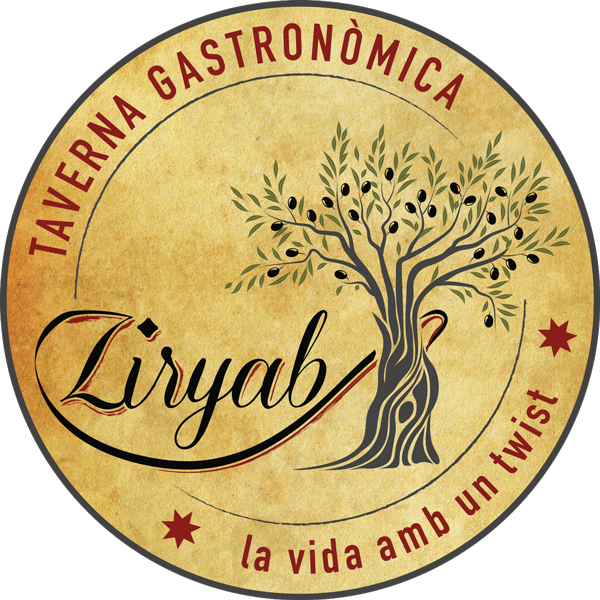Tapas, one of the most recognized emblems of Spanish gastronomy, have evolved from simple accompaniments to authentic culinary masterpieces. In Barcelona, a cosmopolitan and vibrant city, tapas are much more than food: they are a way of life. This historical and cultural journey highlights how tapas have transitioned from their traditional roots to the most avant-garde creations.
The Origins of Tapas: A Tradition with History
The concept of tapas originated as a practical and simple solution. During the Middle Ages, tapas emerged as small portions of food placed on top of wine glasses to keep dust and insects out. The term tapa translates to “cover.”
In Catalonia, traditional tapas incorporated local elements such as:
- Pa amb tomàquet (bread with tomato).
- Anchovies, olives, and cured meats.
These were affordable and accessible options, typically served in taverns alongside a drink.
Main Characteristics of Traditional Tapas in Barcelona
- Simplicity: Simple dishes made with basic ingredients.
- Local ingredients: Use of regional products like olive oil, salted fish, and cured meats.
- Social aspect: Tapas were created to foster sharing and togetherness.
Iconic examples of traditional tapas:
- Bombas de la Barceloneta: Meat-filled croquettes originating from this fishing district.
- Esqueixada: A salted cod salad with tomatoes, peppers, and olives.
- Calamares a la romana: A classic found in any Barcelona tavern.
The Popularization of Tapas in the 20th Century
With the rise of tourism in Barcelona during the 1950s and 1960s, tapas gained new prominence. The city became a showcase of Spanish culture, and tapas evolved from being simple accompaniments to full gastronomic experiences.
Notable Transformations
- Variety: New tapas, like garlic shrimp and patatas bravas, were introduced to cater to tourists’ tastes.
- Atmosphere: Tapas bars became key venues for nightlife and cultural exploration.
- Culinary identity: Tapas established themselves as a cornerstone of Barcelona’s food culture.
The Tapas Revolution: From the 20th to the 21st Century
In recent decades, tapas have undergone a true culinary revolution. Innovative chefs have reimagined these dishes by incorporating modern techniques, international ingredients, and artistic presentations.
Key Factors Driving Innovation
- Influence of haute cuisine: Figures like Ferran Adrià, Joan Roca, and Albert Adrià transformed tapas into culinary works of art, using techniques like spherification and molecular gastronomy.
- Fusion of international flavors: Ingredients and styles from Asian, Latin American, and Nordic cuisines were integrated into tapas.
- Sensory experience: Beyond taste, texture and presentation became vital aspects of modern tapas.
Examples of innovative tapas:
- Oysters with citrus spherification: A blend of fresh seafood and molecular techniques.
- Foie gras bites with cotton candy: An unexpected combination of sweet and savory.
- Mediterranean-inspired ceviche: Local seafood infused with citrus and Peruvian spices.
Key Bars and Restaurants in the Evolution of Tapas
Barcelona hosts a wide variety of establishments that illustrate this evolution:
- El Quim de la Boqueria: Traditional tapas with a contemporary twist.
- Tickets Bar: Haute cuisine from Albert Adrià.
- Bar Cañete: A fusion of classic and modern styles.
- Disfrutar: A Michelin-starred restaurant showcasing avant-garde techniques.
The Impact of Innovation on Tapas Culture
The transformation of tapas has significantly influenced Barcelona’s cultural and tourism identity.
Significant Changes
- Gastronomic tourism: The city is now a top destination for sampling innovative tapas.
- Revaluation of local ingredients: Chefs emphasize the importance of regional products.
- Global popularity: Barcelona-style tapas have inspired restaurants worldwide.
Tradition and Innovation: A Harmonious Coexistence
Barcelona has successfully balanced respect for traditional recipes with the exploration of new culinary possibilities.
Examples of this coexistence:
- Classic tapas with modern twists: Traditional bombas served with innovative sauces.
- Diverse settings: From neighborhood bars to Michelin-starred restaurants.
- Markets as epicenters: La Boqueria and Sant Antoni combine tradition and innovation, serving as meeting points for generations of chefs.
Conclusion
The evolution of tapas in Barcelona is a fascinating journey that reflects the city’s ability to adapt, reinvent, and amaze. From humble traditional roots to the most avant-garde creations, Barcelona’s tapas are a manifestation of culture, creativity, and flavor.
Are you ready to explore this exciting world of culinary contrasts? Cheers and enjoy!

